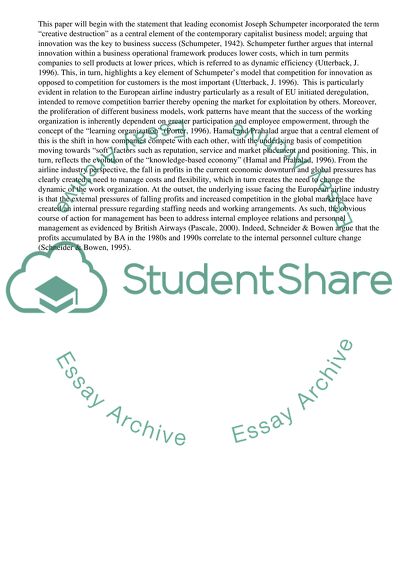Cite this document
(European Airline Industry: Case of Ryanair's and British Airways' Study, n.d.)
European Airline Industry: Case of Ryanair's and British Airways' Study. Retrieved from https://studentshare.org/business/1724165-a-critical-analysis-of-the-european-airline-industry-a-case-study-of-ryanairs-and-british-airways-strategies
European Airline Industry: Case of Ryanair's and British Airways' Study. Retrieved from https://studentshare.org/business/1724165-a-critical-analysis-of-the-european-airline-industry-a-case-study-of-ryanairs-and-british-airways-strategies
(European Airline Industry: Case of Ryanair'S and British Airways' Study)
European Airline Industry: Case of Ryanair'S and British Airways' Study. https://studentshare.org/business/1724165-a-critical-analysis-of-the-european-airline-industry-a-case-study-of-ryanairs-and-british-airways-strategies.
European Airline Industry: Case of Ryanair'S and British Airways' Study. https://studentshare.org/business/1724165-a-critical-analysis-of-the-european-airline-industry-a-case-study-of-ryanairs-and-british-airways-strategies.
“European Airline Industry: Case of Ryanair'S and British Airways' Study”, n.d. https://studentshare.org/business/1724165-a-critical-analysis-of-the-european-airline-industry-a-case-study-of-ryanairs-and-british-airways-strategies.


